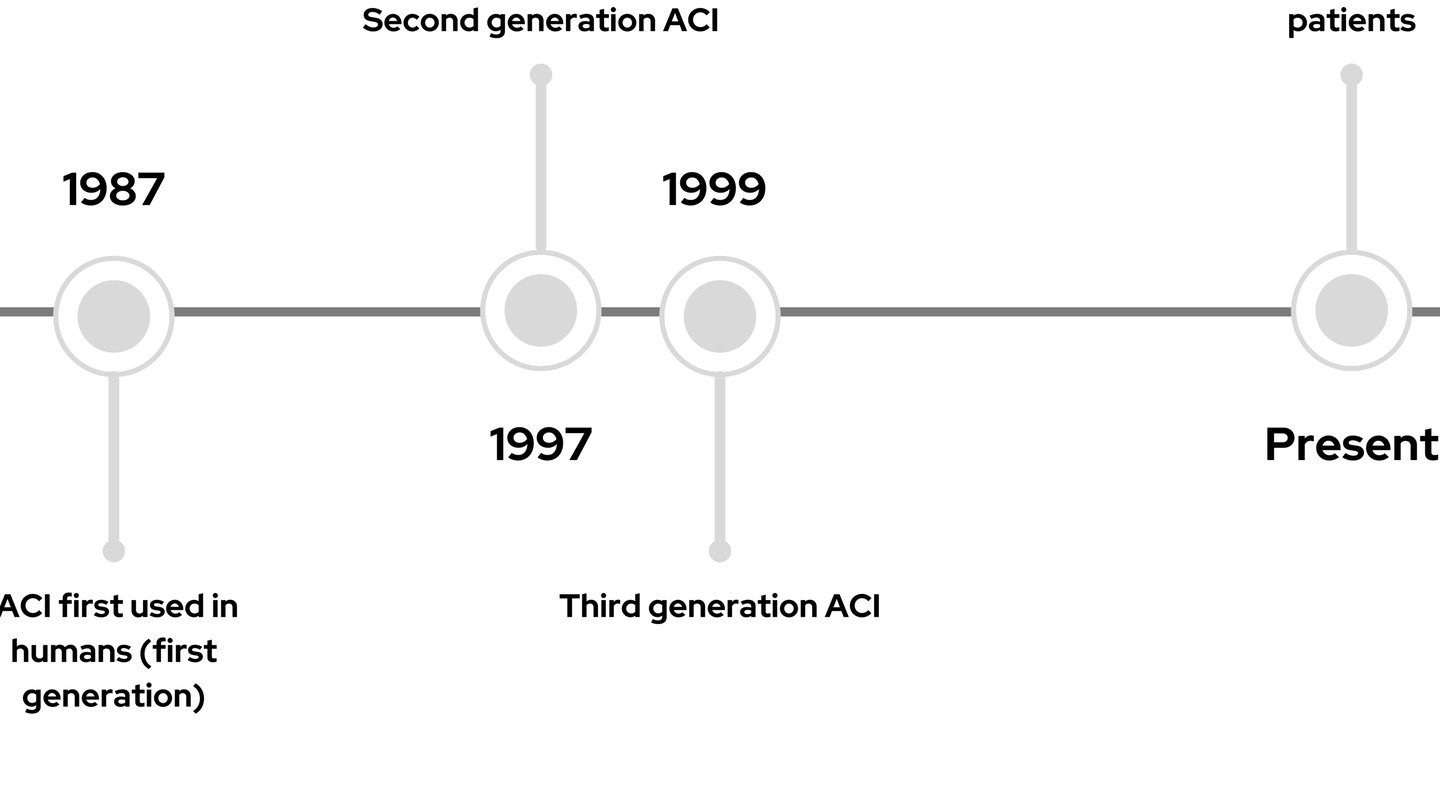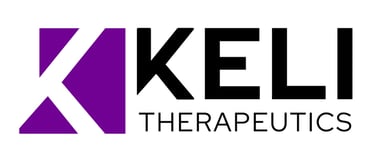ABOUT AUTOLOGOUS CHONDROCYTE IMPLANTATION
RECARTA is Autologous Chondrocytes Implantation


EVOLUTION OF AUTOLOGOUS CHONDROCYTE IMPLANTATION (ACI)
Proven Benefits
ACI was developed in 1987 by Dr. Lars Peterson and Dr. Matts Brittberg in Sweden as a pioneering solution for treating full-thickness cartilage defects, providing an alternative to traditional microfracture methods
Initially an open procedure, ACI has evolved into advanced second- and third-generation methods like matrix-induced ACI, which uses a collagen-based membrane for minimally invasive implantation and improved outcomes
ACI has been used to treat over 40,000 patients globally, with applications extending to multiple joints, including the knee, ankle, and shoulder. It’s especially beneficial for younger, active patients with focal cartilage lesions
Clinical studies show that chondrocytes effectively reduce pain, improve joint function, and may delay or prevent the need for joint replacement surgery, making it a valuable option for joint preservation
RECARTA is the first autologous chondrocyte implantation advanced therapy in Central Eastern Europe
Origins
Technique Advancements
Clinical Impact
Reference: 1. Davies RL, Kuiper NJ. Regenerative Medicine: A Review of the Evolution of Autologous Chondrocyte Implantation (ACI) Therapy. Bioengineering. 2019. 2. Ebert JR, Robertson WB, Woodhouse J, Fallon M, Zheng MH, Ackland T, Wood DJ. Clinical and magnetic resonance imaging-based outcomes to 5 years after matrix-induced autologous chondrocyte implantation to address articular cartilage defects in the knee. Am J Sports Med. 2011. 3. Marlovits, S., et al. Clinical and Radiological Outcomes 5 Years after Matrix-Induced Autologous Chondrocyte Implantation in Patients with Symptomatic, Traumatic Chondral Defects. Am J Sports Med. 2011. 4. Gille J, Behrens P, Schulz AP, Oheim R, Kienast B. Matrix-Associated Autologous Chondrocyte Implantation: A Clinical Follow-Up at 15 Years. Cartilage. 2016


